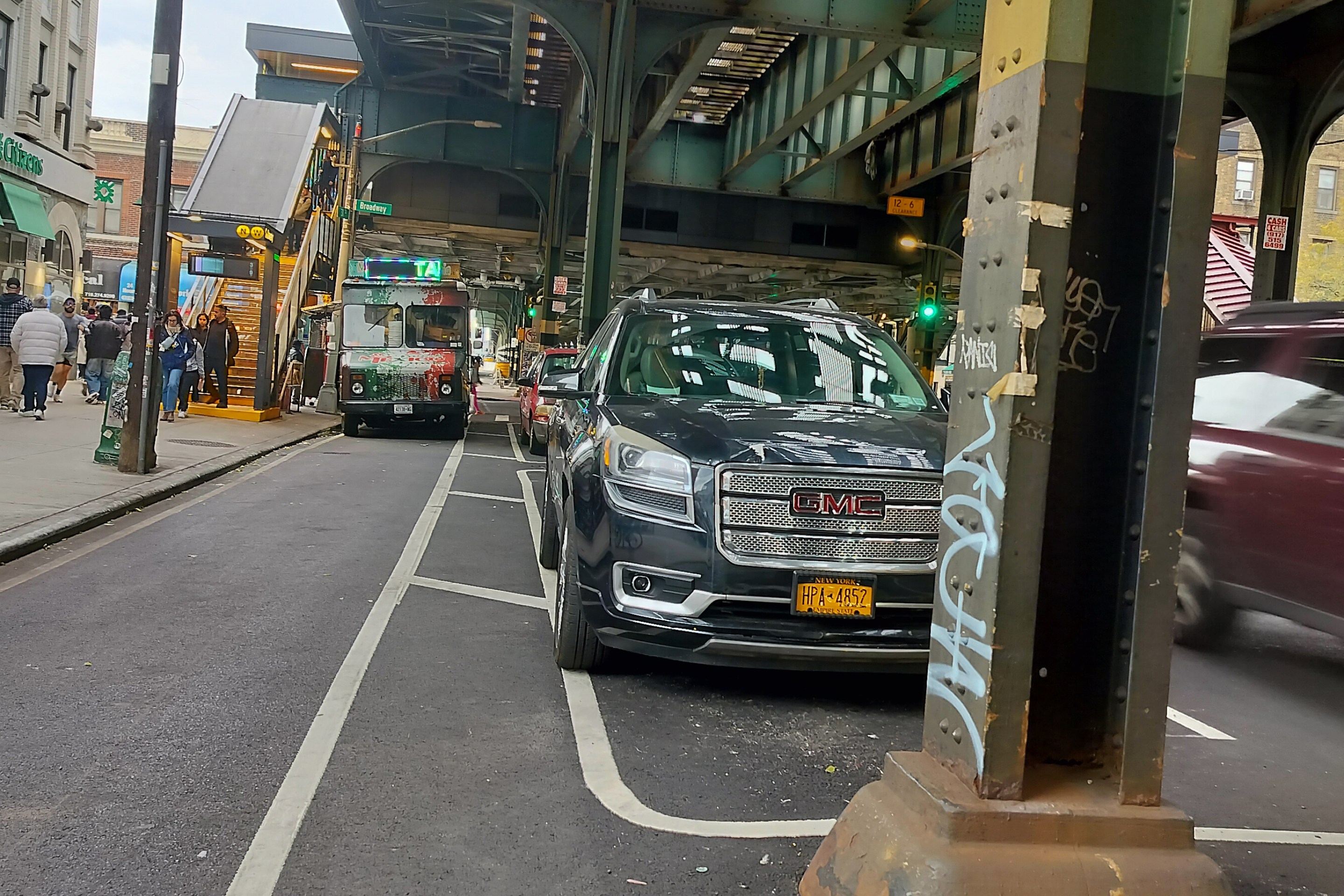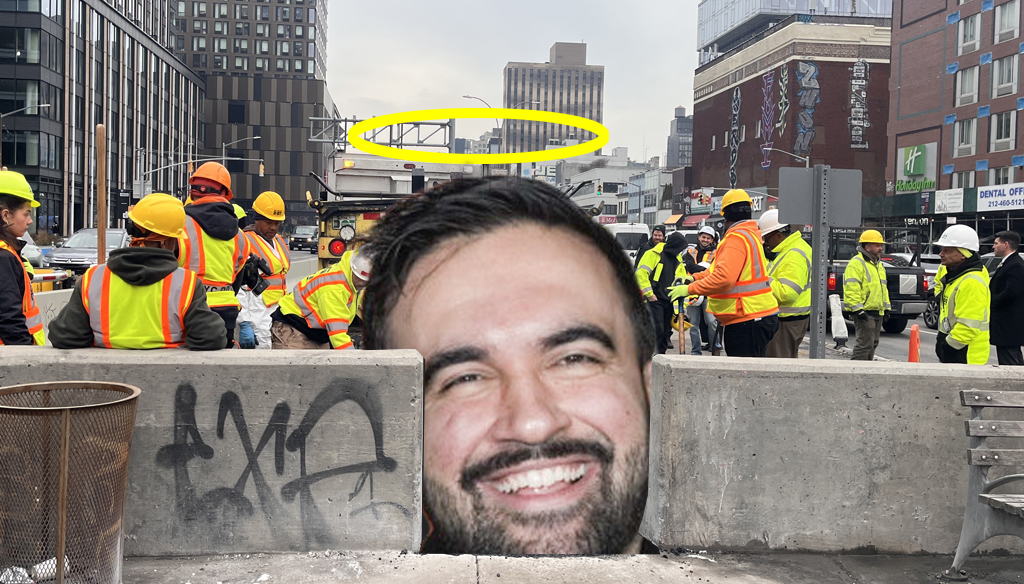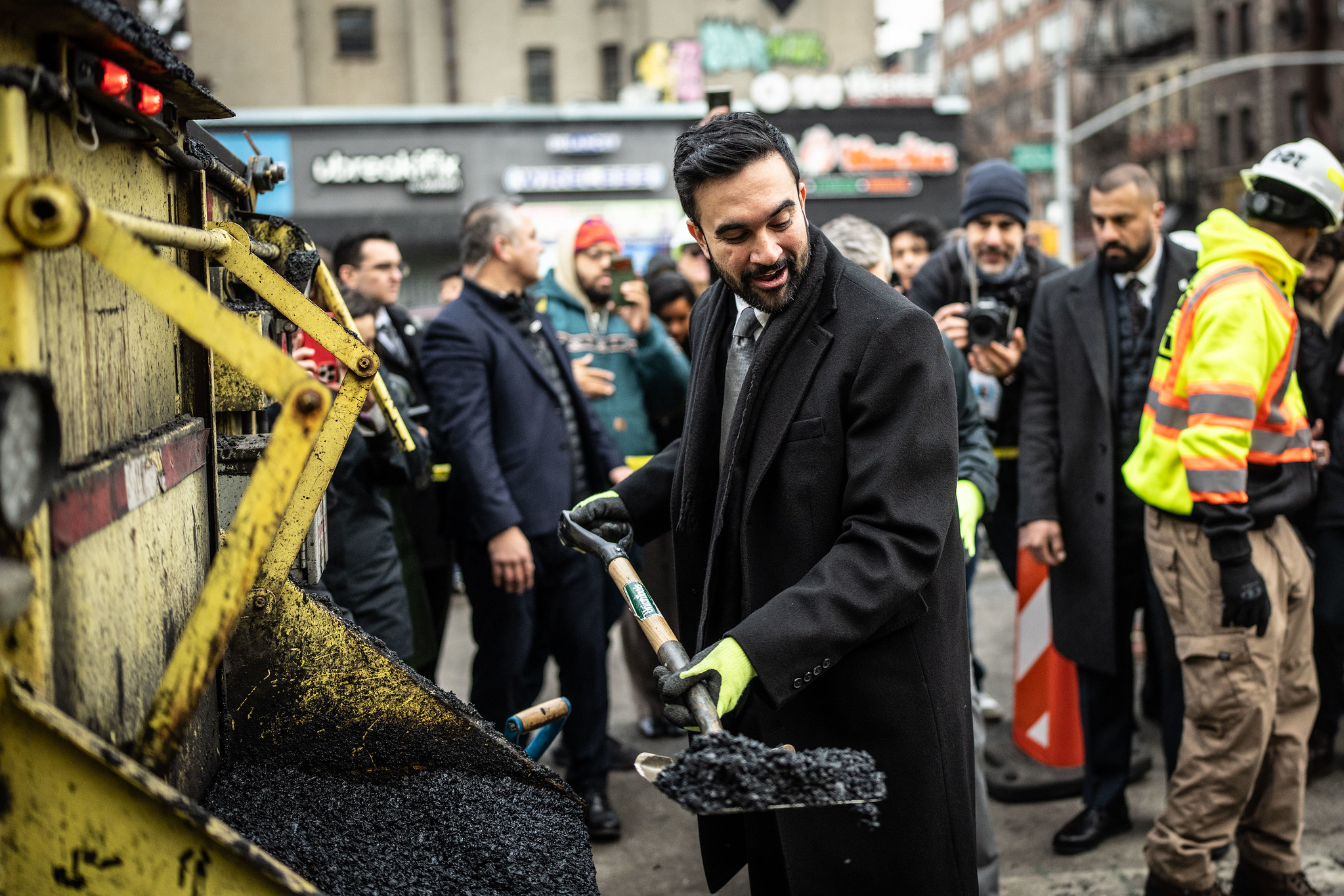Yesterday, an Ohio newspaper reported that the state's urban schoolchildren are 3.3 times more likely to be hit by a car on their way to school than students in suburban districts. More than one out of every 500 children in the state's eight largest urban districts had been hit by a car in the last five years.
Jason Segedy, the head of Akron's metropolitan planning organization, said the problem isn't walking to school, like the Akron Beacon Journal suggested. "Walking to school is not an inherently dangerous activity," Segedy said. "It becomes so when streets are poorly designed and when drivers behave poorly."
Tom Fucoloro at Seattle Bike Blog points out today that in his city, streets that fail to work for children are the norm, not the exception:
I was poking around Google Maps over the weekend when I stumbled on a Street View scene [above] that made me stop in my tracks. This group of kids, holding hands, escorted by two adults have to run to make sure they can get across the five lanes of Fauntleroy Way SW at SW Alaska Street in West Seattle.
The red hand is already flashing, the countdown at 12 and the first kids have not even reached the double yellow line yet. There’s no way to know how many of them make it across in the first signal. Are the stragglers still in the street when the light turns green? Are the drivers waiting patient, or do they give a little engine rev to tell them to hurry up? We don’t know because this is the last image from this day in July 2011 that Street View shows.
But that’s beside the point, because this image is incredibly, frustratingly and terrifyingly normal.
By default, streets in Seattle completely fail our children. When Fauntleroy was engineered some time ago to have five lanes where it crosses Alaska, the child crossing the street was forgotten at best or ignored at worst. Same goes for many, many busy intersections across the city. From curb to far distant curb, there is no safe space for people. You hold-your-breath, cross your fingers and hope every single person at the intersection is both sober and paying attention.
Why does our society accept a built environment that is inhospitable and dangerous to children?
Elsewhere on the Network today: Streets.mn explains how American politics helps lead to bad infrastructure projects. Economics of Place shares a sprawl "cautionary tale." And Greater Greater Washington shows how a new roundabout in Greenbelt, Maryland, incorporates bicycle access.






